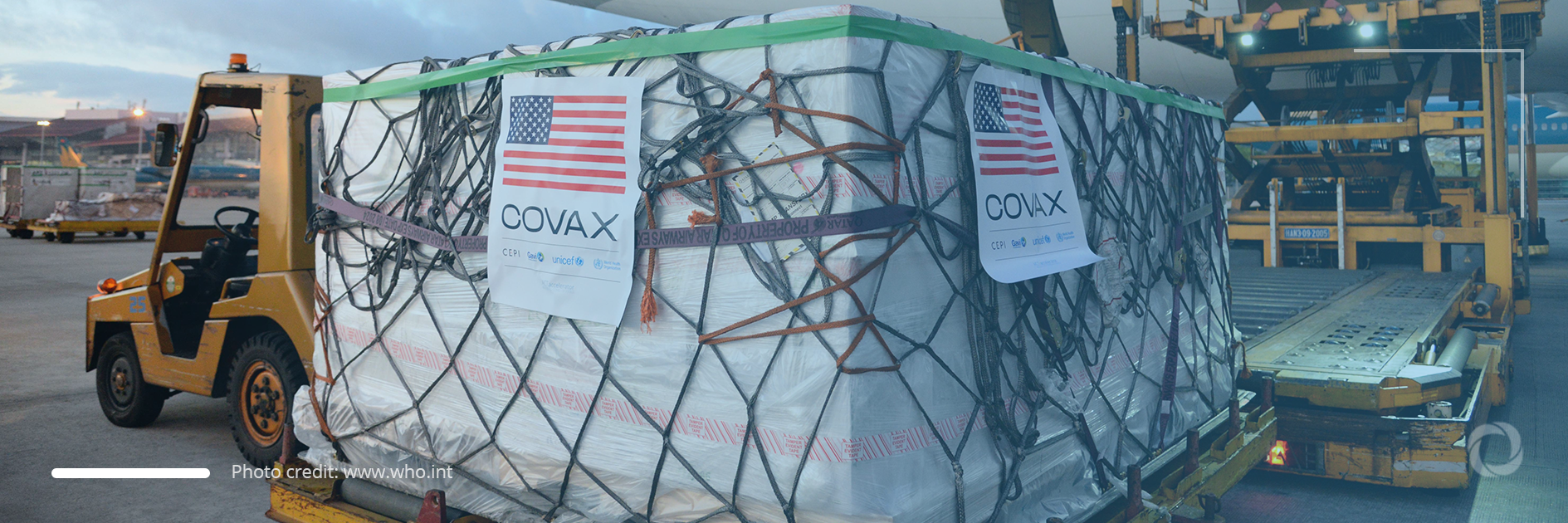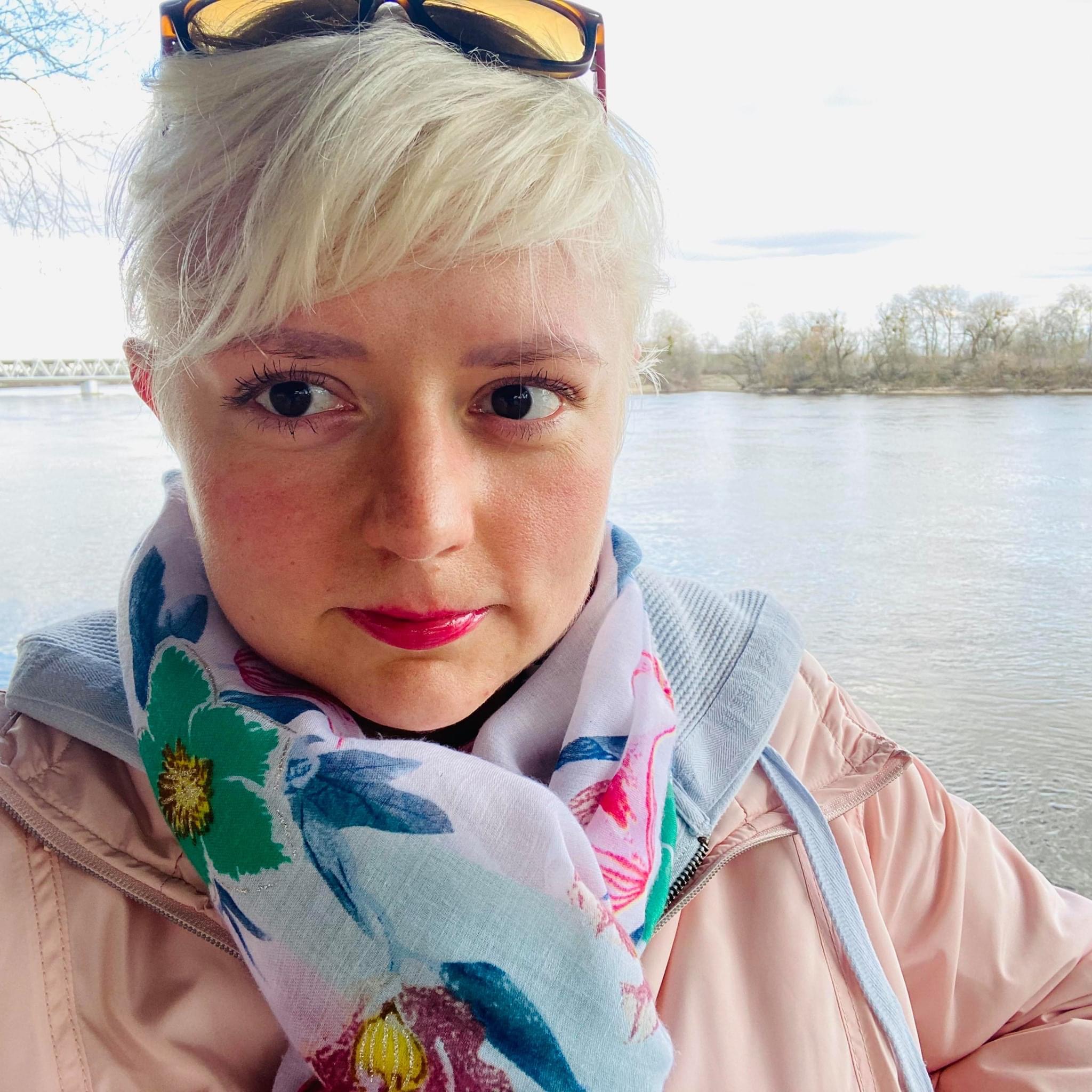As of the end of September, 61 countries have donated 365 million vaccine doses to 148 nations of which 289 million came from high-income countries. Over two-thirds of the vaccines were channeled through the UN-led platform, COVAX. However, this is a mere drop in the ocean compared to the promised doses of almost 2 billion.
Promised amounts
Higher-income states pledged to donate 1.97 billions of doses to low- and middle-income states by the end of the year, with more than 55% of this amount (1,.1 billion) being committed to by the United States. Other wealthy developed countries such as China, Germany, and the United Kingdom are lag far behind away after the U.S., having promised in only 100 million doses each, according to ThinkGlobalHealth, the special a programme created by the US-based think-tank, Council of Foreign Relation (CFR). The graph below shows the pledges made for 2021:
11 billion doses needed
While wealthier nations promised to deliver 1.97 billion doses, it is estimated that the world will need 11 billion doses to vaccinate at least 70% of the population in order to suppress the pandemic. Obviously, the pledged doses are insufficient and as donors appear to be failing to deliver on their promises by providing only 14.6% of the total pledged, the situation is even further complicated. For example, China has delivered only 50% of that promise and Germany only 3.6%. As of 12th October, the US had donated 95.7 million doses and the UK 6.2 million doses.
Donations inequity
According to CFR, as many as three out of all four vaccines worldwide have been administered by only 10 countries. Two-third of donations were made through COVAX whereas the remainder were based on bilateral agreements. When established, COVAX was intended to ensure equity in vaccine supplies so that countries in need also benefited from them. Nevertheless, many donors reserved the right to distribute vaccines themselves to the countries of their choice.
France, for example, announced its intention to allocate 120 million doses to Africa whereas Portugal targets mainly Portuguese-speaking states while Spain focuses on Latin America. However, this policy would not be unfair if donor countries coordinated their contributions to ensure that the needs of every region were covered. Unfortunately, as observed by ThinkGlobalHealth, no such coordinated actions have occurred.
How to donate equally
As the current system of vaccine donations has proved to be inefficient, the World Health Organization has asked for it to be redesigned so that it is administered according to population size. If such a system was put in place, each nation would be able to vaccinate 40% of its population by the end of 2022.


